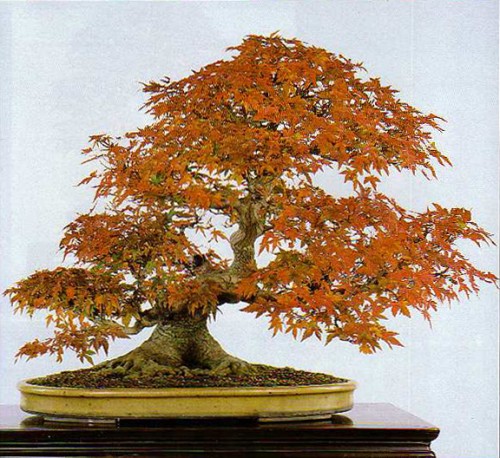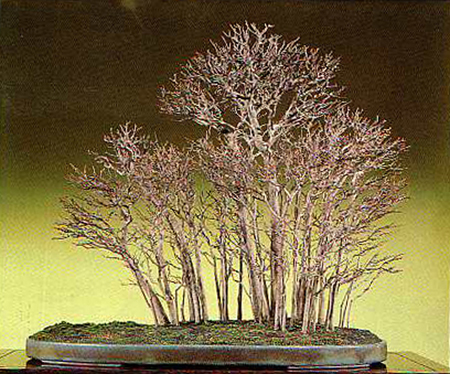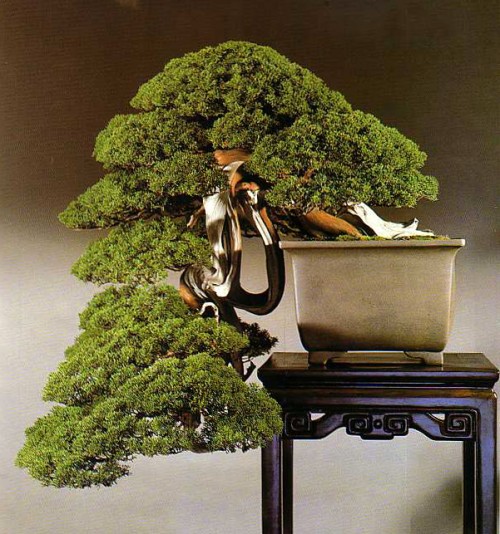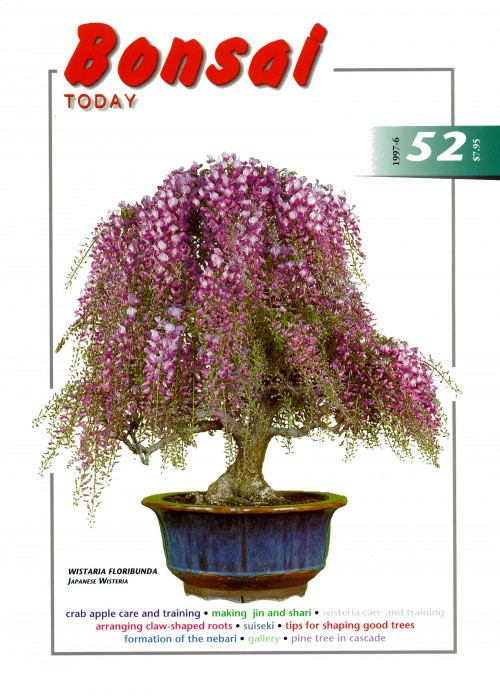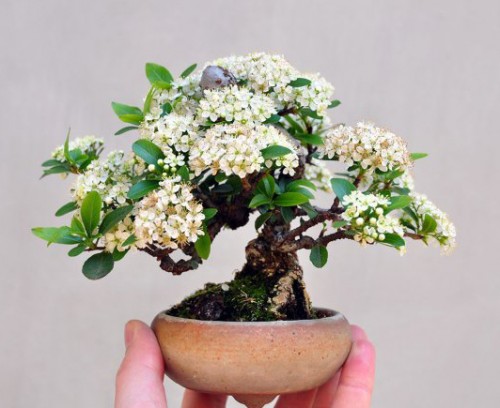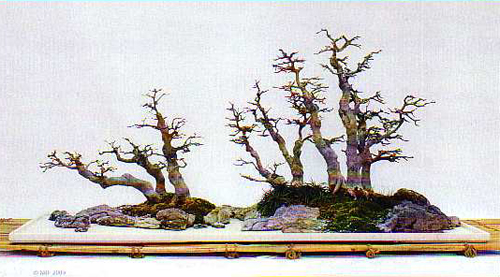
One of Robert Steven’s two simulations of a tree in a rock-like container that was submitted by Kian (no second name given). In spite of the somewhat fuzzy images, the general ideas come through loud and clear.
Simple changes with profound results
Sometimes an adjustment to the position of a container (above), or a new container (below), can radically transform a planting. Neither of Robert’s simulations involve any changes to the tree, yet both transform a somewhat stagnant planting to something full of natural movement and interest.
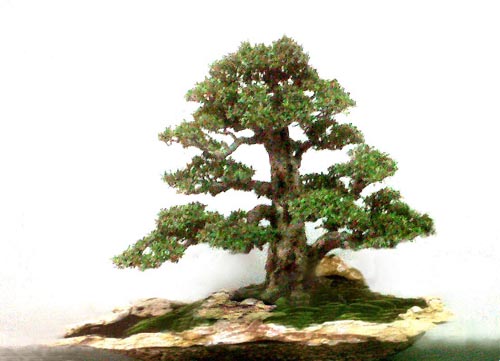
Robert’s second simulation.
Kian’s original submission.
Robert Steven’s Critique
The main purpose of using these types of containers** for bonsai is to create a theme that suggests a captured moment of a natural scene.
Kian, the bonsai artist is trying to show a tree growing on a rocky hill, but he fails to do so because the container too symmetrical. It looks unnatural, bulky and monotonous. The result is that the tree and the container are in competition to catch our eye; they look separate, without integrated unity. This is because the wide green moss is too much in contrast with the straight line of the container’s edge without any “third element” to bridge the two elements.

The first solution: Correct the container shape and overall effect by changing the position of the container and replanting the tree. Now the container’s edge has a natural irregular form and the image created is of a tree growing on a rocky hill. By placing some small rocks as a the third element, unity between the container and tree is enhanced.
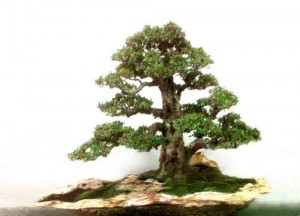
The second solution: By using a shallow and wide container, a more panoramic view is created. The container’s edge is irregular which gives a natural look, and the small rocks help tie the container and tree together into a unified whole.
Same tree. It’s the containers and the repositioning of the three that create more natural themes and nuance. You make your choice….
**These stone carved pots are by Prayogi of Tulung Agung Indonesia. They are his first generation shapes. I offered him some advice on natural looking containers for bonsai purposes.
General comments
There is more than one way to design any bonsai and my critiques and recommended solutions might not always fit your taste because of personal preferences. But I always try to give my opinion based on artistic and horticultural principles.
To understand my concepts better, please read my books Vision of My Soul and Mission of Transformation which are available at Stone Lantern.
You can also visit my bonsai blog.

Robert’s Mission of Transformation. $49.95 marked down from $55.00
Source: Bonsai Bark Read more!




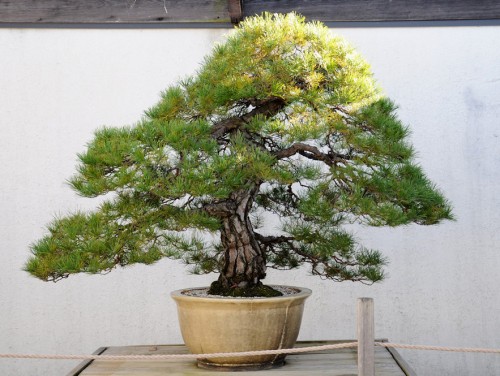





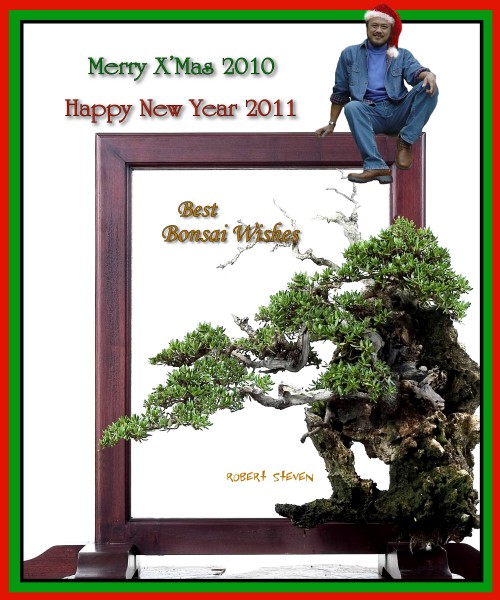


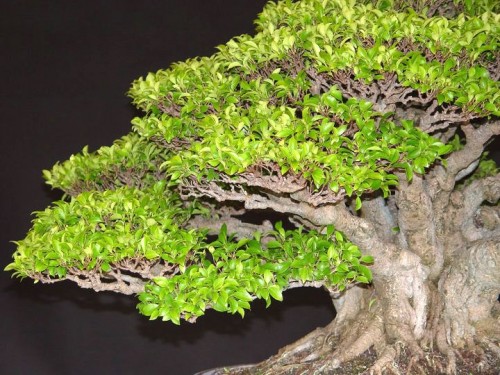
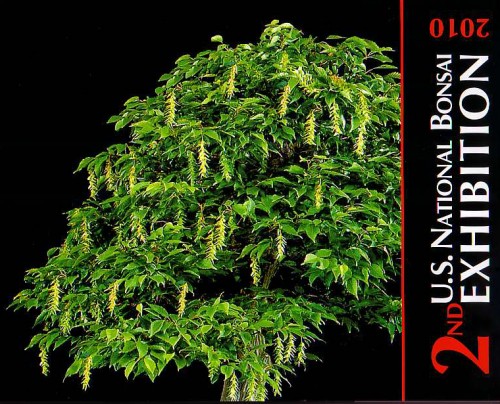










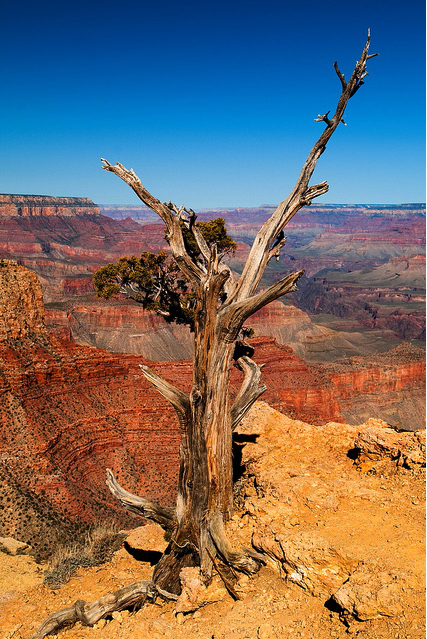
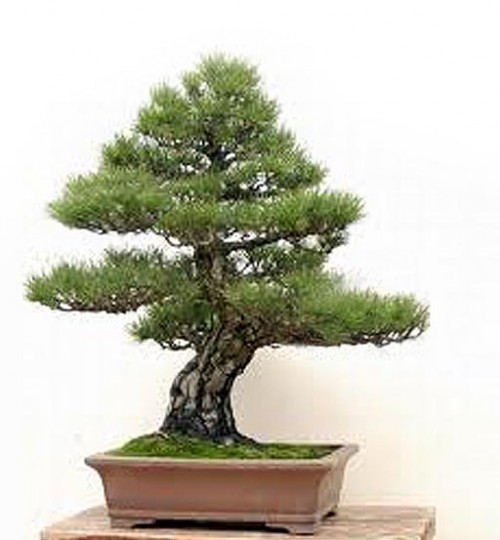




 Forest on a slab from
Forest on a slab from 